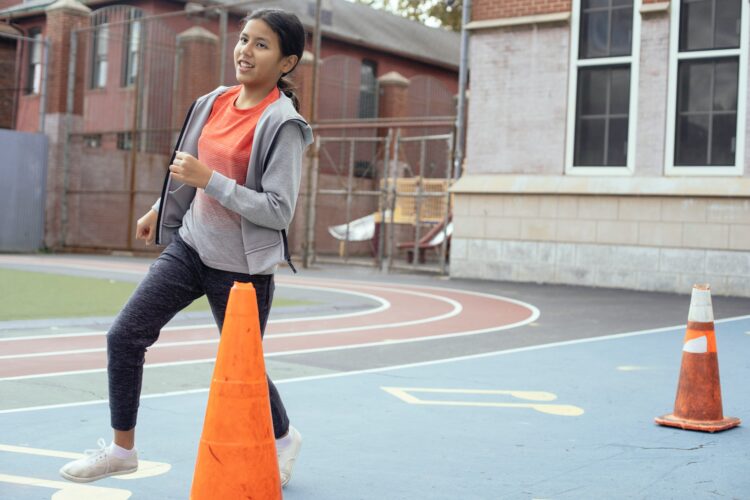
The American Red Cross urges students athletes to learn how to keep safer while training in the summer heat.
Aug. 9. Athletes are heading back to the playing fields to practice for fall school sports.
Heat and humidity can be hazardous. Here’s some advice from the American Red Cross o help keep players safe:
—Avoid scheduling workouts and exercise during the hottest times of the day — schedule them for early in the day or later in the evening.
—Get players acclimated to the heat by reducing the intensity of workouts or exercise until they are more accustomed to the heat.
—Have players take frequent, longer breaks. Stop about every 20 minutes to drink fluids and try to have them stay in the shade.
—Those in charge should reduce the amount of heavy equipment athletes wear in the extremely hot weather. Dress athletes in net-type jerseys or lightweight, light-colored cotton T-shirts and shorts. Don’t forget to apply sunscreen.
—Excessive heat can lead to sunburn, heat cramps, heat exhaustion and heat stroke. Know the signs of heat-related emergencies and monitor athletes closely.
HEAT CRAMPS are muscle pains and spasms in the legs or abdomen. Heat cramps are an early sign of trouble, and athletes should inform those in charge if they are not feeling well. If someone is experiencing heat cramps, get them to a cooler place to rest, lightly stretch the affected muscle, and slowly replenish their fluids with a half a glass (about 4 ounces) of cool water every 15 minutes.
HEAT EXHAUSTION is a more severe condition signaled by cool, moist, pale or flushed skin; heavy sweating; headache; nausea or dizziness; or weakness and exhaustion. To treat heat exhaustion, move them to a cooler place, remove or loosen tight clothing and spray the person with water or apply cool, wet cloths to the skin. If they are conscious, give small amounts of cool water to drink slowly. If the person refuses water, vomits or begins to lose consciousness, call 911.
HEAT STROKE Heat stroke is a life-threatening emergency when someone is overwhelmed by heat and their body begins to stop functioning. Signs include hot, red skin that could be dry or moist; changes in consciousness; vomiting and high body temperature. Call 911 immediately if someone shows signs of heat stroke. If possible, move the person to a cooler place and immerse them up to their neck in cold water. Otherwise, douse or spray the person with cold water, or cover the person with cold, wet towels or bags of ice.
KNOW FIRST AID Prepare for the unexpected with first aid training from the Red Cross. We offer both in-person classes and online training. Through our classes, you will not only learn how to perform first aid but have the confidence and skills to do it correctly. Learn more here.
You can also download the Red Cross First Aid app that puts instant access to information on handling the most common first aid emergencies at your fingertips including heat-related emergencies.




